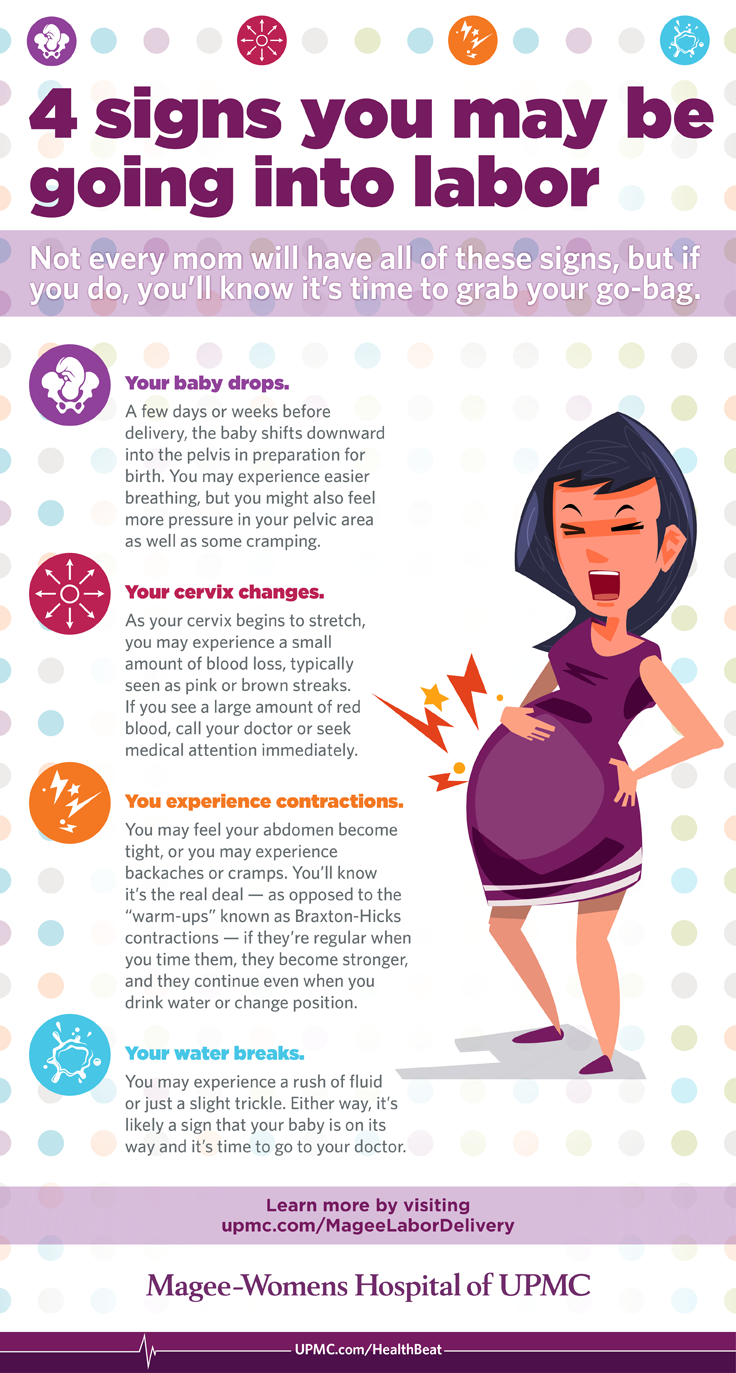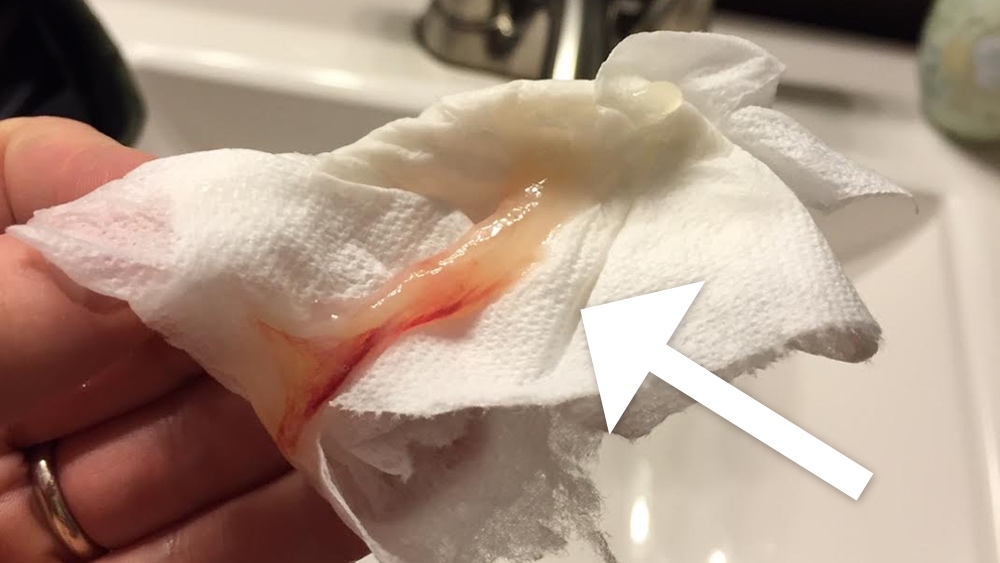Pregnancy Discharge Sign Of Labor
Pregnancy Discharge Sign Of Labor - If you’re pregnant and your due date is fast approaching, it’s important to be able to recognize the signs that you’re dilating and in. During pregnancy, a thick plug of mucus blocks the opening of the cervix to keep bacteria from entering the uterus. Signs of labor may include contractions, cramps, pelvic pressure, changes in vaginal discharge and loss of mucus plug — but.
Signs of labor may include contractions, cramps, pelvic pressure, changes in vaginal discharge and loss of mucus plug — but. During pregnancy, a thick plug of mucus blocks the opening of the cervix to keep bacteria from entering the uterus. If you’re pregnant and your due date is fast approaching, it’s important to be able to recognize the signs that you’re dilating and in.
During pregnancy, a thick plug of mucus blocks the opening of the cervix to keep bacteria from entering the uterus. Signs of labor may include contractions, cramps, pelvic pressure, changes in vaginal discharge and loss of mucus plug — but. If you’re pregnant and your due date is fast approaching, it’s important to be able to recognize the signs that you’re dilating and in.
4 Signs You May Be Going into Labor UPMC HealthBeat
During pregnancy, a thick plug of mucus blocks the opening of the cervix to keep bacteria from entering the uterus. Signs of labor may include contractions, cramps, pelvic pressure, changes in vaginal discharge and loss of mucus plug — but. If you’re pregnant and your due date is fast approaching, it’s important to be able to recognize the signs that.
Signs and symptoms of preterm labor infographic March of Dimes
Signs of labor may include contractions, cramps, pelvic pressure, changes in vaginal discharge and loss of mucus plug — but. During pregnancy, a thick plug of mucus blocks the opening of the cervix to keep bacteria from entering the uterus. If you’re pregnant and your due date is fast approaching, it’s important to be able to recognize the signs that.
Signs of Labor The Pregnancy Nurse
If you’re pregnant and your due date is fast approaching, it’s important to be able to recognize the signs that you’re dilating and in. During pregnancy, a thick plug of mucus blocks the opening of the cervix to keep bacteria from entering the uterus. Signs of labor may include contractions, cramps, pelvic pressure, changes in vaginal discharge and loss of.
Can Cervical Mucus Help You Detect Early Pregnancy?
During pregnancy, a thick plug of mucus blocks the opening of the cervix to keep bacteria from entering the uterus. If you’re pregnant and your due date is fast approaching, it’s important to be able to recognize the signs that you’re dilating and in. Signs of labor may include contractions, cramps, pelvic pressure, changes in vaginal discharge and loss of.
Pin on Healthy Tips For Pregnancy
During pregnancy, a thick plug of mucus blocks the opening of the cervix to keep bacteria from entering the uterus. If you’re pregnant and your due date is fast approaching, it’s important to be able to recognize the signs that you’re dilating and in. Signs of labor may include contractions, cramps, pelvic pressure, changes in vaginal discharge and loss of.
Light Blood In Discharge 38 Weeks Pregnant
If you’re pregnant and your due date is fast approaching, it’s important to be able to recognize the signs that you’re dilating and in. During pregnancy, a thick plug of mucus blocks the opening of the cervix to keep bacteria from entering the uterus. Signs of labor may include contractions, cramps, pelvic pressure, changes in vaginal discharge and loss of.
Famous Clear Sticky Discharge Sign Of Pregnancy Insight Pregnancy
During pregnancy, a thick plug of mucus blocks the opening of the cervix to keep bacteria from entering the uterus. Signs of labor may include contractions, cramps, pelvic pressure, changes in vaginal discharge and loss of mucus plug — but. If you’re pregnant and your due date is fast approaching, it’s important to be able to recognize the signs that.
What Does Discharge Look Like If Your Pregnant What Does
If you’re pregnant and your due date is fast approaching, it’s important to be able to recognize the signs that you’re dilating and in. During pregnancy, a thick plug of mucus blocks the opening of the cervix to keep bacteria from entering the uterus. Signs of labor may include contractions, cramps, pelvic pressure, changes in vaginal discharge and loss of.
Jelly Like Discharge During Pregnancy Is It Normal?
If you’re pregnant and your due date is fast approaching, it’s important to be able to recognize the signs that you’re dilating and in. During pregnancy, a thick plug of mucus blocks the opening of the cervix to keep bacteria from entering the uterus. Signs of labor may include contractions, cramps, pelvic pressure, changes in vaginal discharge and loss of.
What type of discharge is an early sign of pregnancy Artofit
During pregnancy, a thick plug of mucus blocks the opening of the cervix to keep bacteria from entering the uterus. If you’re pregnant and your due date is fast approaching, it’s important to be able to recognize the signs that you’re dilating and in. Signs of labor may include contractions, cramps, pelvic pressure, changes in vaginal discharge and loss of.
Signs Of Labor May Include Contractions, Cramps, Pelvic Pressure, Changes In Vaginal Discharge And Loss Of Mucus Plug — But.
If you’re pregnant and your due date is fast approaching, it’s important to be able to recognize the signs that you’re dilating and in. During pregnancy, a thick plug of mucus blocks the opening of the cervix to keep bacteria from entering the uterus.



/can-cervical-mucus-tell-you-if-youre-pregnant-1960286_color1-5b4e3085c9e77c0037c50cc7.png)





